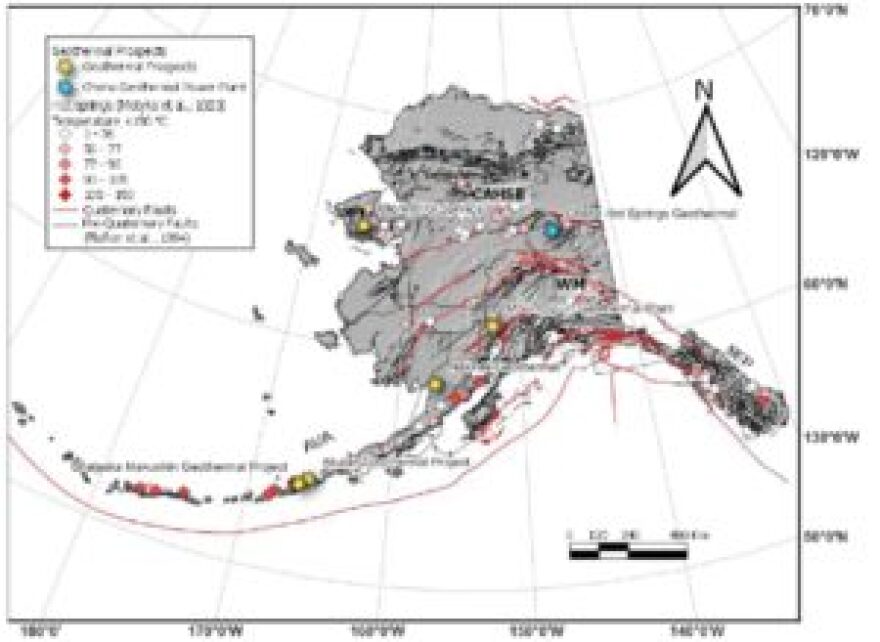Army officials say geothermal energy could provide a back-up source of heat for Fort Wainwright. That’s why a contractor will soon be exploring the potential of tapping the resource in a series of tests it hopes to conduct in Fairbanks-area deep water wells.
If the company finds geothermal that can be tapped, it could help keep Fort Wainwright warm during cold winter days, when the post is relying solely on thermal energy from a combined heat and power plant built in the 1950s.
“Currently we have one coal-fired heating and power plant. And we do want to look at backup options,” said Eve Baker, a Fort Wainwright spokesperson. “We’re doing the geothermal-energy exploration to investigate the possibility of incorporating redundant energy sources to the installation’s portfolio.”
The exploration project is part of a Pentagon agency's program that includes studying the possibility of using geothermal energy as a backup heat source for military installations.
Army officials decided early last year to build a natural gas-fueled system to heat Fort Wainwright, but later put that proposal on hold. The geothermal initiative is a separate effort. And Baker says if the resource is available, it could yield many benefits for the fort.
“There are numerous reasons why we’re exploring the geothermal option,” she said. “Energy resilience and redundancy, environmental benefits – the renewable nature of geothermal energy, and various factors.”
No guarantees, but test results are promising
Joe Batir is heading up the project for Teverra, the contractor, and he says there’s no guarantee enough geothermal potential will be found to justify moving ahead on the proposal anytime soon. But he says results of previous testing of deep wells at Chena Hot Springs, Nenana and Eielson Air Force Base show promise.
“Using that triangle of data, there are indicators that the whole Fairbanks area is in a general higher deep-well regime, which means it’s got higher potential for geothermal energy,” said Batir, the geothermal lead for the Atlanta-based project contractor.
He says his team’s first priority will be to locate wells around Fairbanks that are at least 500 feet deep and gauge the temperature gradient from the surface to groundwater.
“We think that there is a good potential for some type of geothermal resource,” he added.
Contractor asks help locating deep wells
Batir says he’ll be contacting landowners in Fairbanks and North Pole over the next couple of weeks who have deep wells to ask if his members of his team can conduct tests on it with a small temperature sensor about the size of a pen, attached to a spool of wire.
He said the testing mainly involves “lowering the sensor down into the well to collect temperature readings throughout the well. It's a pretty quick process, only takes a few hours.”
Batir emphasizes that the testing is completely voluntary.
“No obligation,” he said. “That's why we're asking. The goal is to get more data and a better understanding of what is potentially there.
Batir said he hopes to collect all of the data from the deep-well tests over two weeks this month. Then they’ll spend the rest of the year analyzing it to determine if the geothermal energy can be tapped.
“If things look promising and look prospective for geothermal energy, then we are going to propose an exploration drill hole” on Fort Wainwright to conduct more analysis, he said. He added that it’ll take at least a year to accomplish that and to generate more studies on how geothermal energy could be integrated into Fort Wainwright’s existing heat-distribution system.
Baker says Teverra will provide its contact information to people it communicates with during its public outreach
There’s more information on the company’s website, teverra.com.



